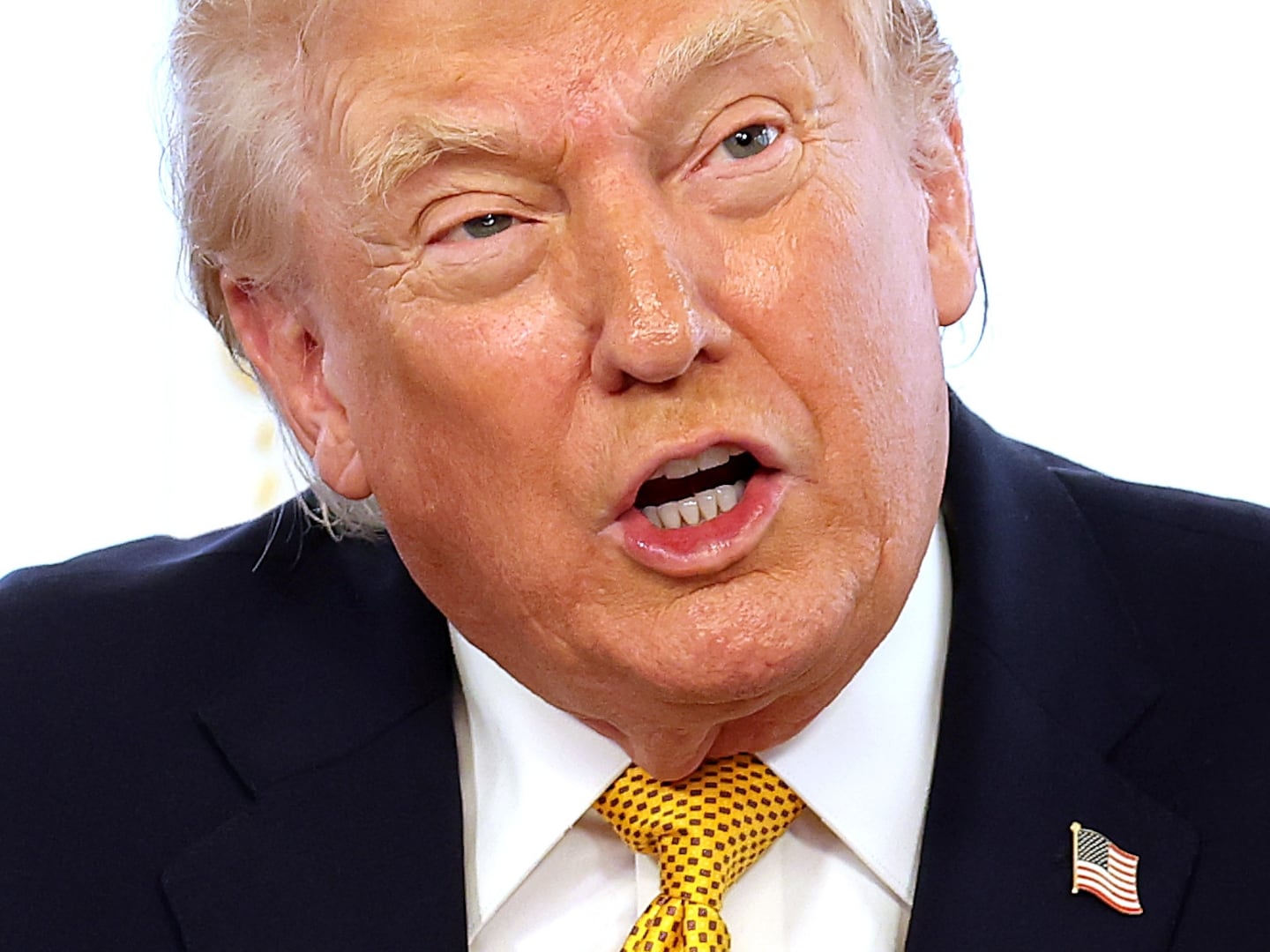The Eiffel Tower. The Empire State Building. The Burj Khalifa. Throughout history, humans have built memorials to their dominance over the natural world, over gravity, over each other. These buildings stand tall, inspiring awe in their design and proclaiming the mastery and superiority of the nation’s culture and values.
And that’s exactly what architect Vladimir Tatlin wanted to achieve for Russia in 1920.
In 1917, the Russian Revolution came to an end with the ousting of the Romanovs and the ascendency of Vladimir Lenin and his band of Bolsheviks.
It was a grand, violent achievement, and one that Lenin wanted to be celebrated far and wide. In short, he needed to get everyone on board with his rule and his socialist agenda; he needed some good propaganda.
The Romanovs had ruled over the country for three centuries. During that time, they had constructed plenty of monuments to their monarchy. Now it was Lenin’s turn to erect his own messaging on a grand scale. Enter his “Monumental Propaganda” program.
According to the Great Soviet Encyclopedia, as cited by The New York Times, the purpose of these new monuments was to provide “a propaganda vehicle in the fight for victory of a new system, for enlightenment and education of the popular masses.”
He put Tatlin in charge of this initiative. Tatlin was born in 1885 in Moscow and trained as a painter, but he quickly grew out of painting icons and other static pieces. He developed an interest in using art for a greater purpose, adding “architect” to his résumé and exploring his interest in how to use materials to marry form and function into something that was both abstract and practical. Over the course of his career, Tatlin’s work would play an important part in the Russian avant-garde movement.
Up to Tatlin’s appointment, the Bolsheviks had taken a more traditional approach to state-sponsored sculpture, commemorating the leaders of their movement in stone. But Tatlin had a grander vision than heroes on horseback. He thought a new type of memorial should be created altogether, one that would truly represent the changes that Lenin and socialism were bringing to the country.
The pièce de résistance of his vision was his Monument to the Third International, or what is commonly referred to as Tatlin’s Tower. Envision a giant spiral staircase combined with the Leaning Tower of Pisa and you’ll have an idea on the exterior of his building. Clocking in at a proposed 1,300 feet, the tower would dwarf the Eiffel Tower by a third of the latter’s height.
It would be made of local materials—iron and glass—in something of an open structure that contained four glass spaces stacked atop each other in the inner column—a large cube on the bottom followed by a pyramid, a cylinder, and capped with a half sphere.
This giant structure was not just a memorial to the new regime; Tatlin intended it to serve a double purpose as the headquarters of the Comintern, the international governing body for Communism. Three of the four inner glass spaces were to hold a different branch of the governing body, with the half-sphere at the top serving as the building’s radio tower.
Before you envision the grandeur of working in such an impressive space, Tatlin had one more twist—quite literally. Each of the four glass structures was to revolve, all at different speeds.
While the radio tower was poised to win the pace awarded, intended to rotate once per day, the press corps was also destined to have a wild ride, with their cylindrical offices revolving once per day. (Don’t get any ideas, President Trump!)
In 1920, Tatlin debuted a wood-frame model of his proposed structure, one that, if built, would have earned Russia the “World’s Tallest Building” award. A few more models followed throughout the next decade, but the project never went beyond that. Tatlin’s idea was ambitious—it was a new form of abstract modernism and a building the likes of which had never been seen before—and because of these qualities, it was also destined for failure.
The Gallery of Lost Art, a project of the Tate’s, suggests that Tatlin knew his tower was unlikely to be realized and that he didn’t even create detailed plans for it. In the aftermath of the revolution, materials were hard to come by, not to mention the skills needed to pull off such a vast and unusual piece of architecture. Plus, while the building had many supporters, there were also some who were not so keen on the design, including Leon Trotsky who allegedly thought it was “impractical and romantic.”
But that didn’t mean it didn’t leave its mark. In his ambition, Tatlin’s Tower was a guide for what could be achieved in the burgeoning form of modern architecture, both in form and in materials. And it has continued to inspire homages to this day.
In 1968, the first reproduction built after Tatlin’s death went on display in Stockholm. It made the rounds of other major museums, including the Centre Pompidou, which decided to build their own model after hosting the original in 1979. In 2011, the Royal Academy in London constructed a model of the tower in the museum’s courtyard as part of an exhibition on Soviet art and architecture.
Then, of course, there is the group that has proposed constructing Tatlin’s creation to scale, but with different elements of the tower being built in different countries all over the world.
While some of these projects are as ambitious as the original, Tatlin’s Tower remains where it was left when its creator died in 1953: consigned to the “might-have-beens” of history.






